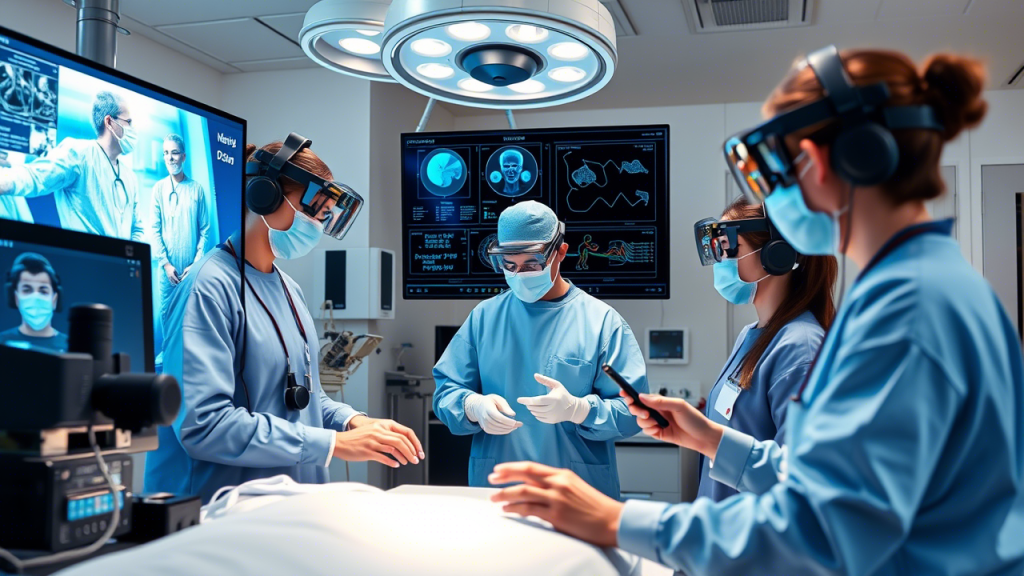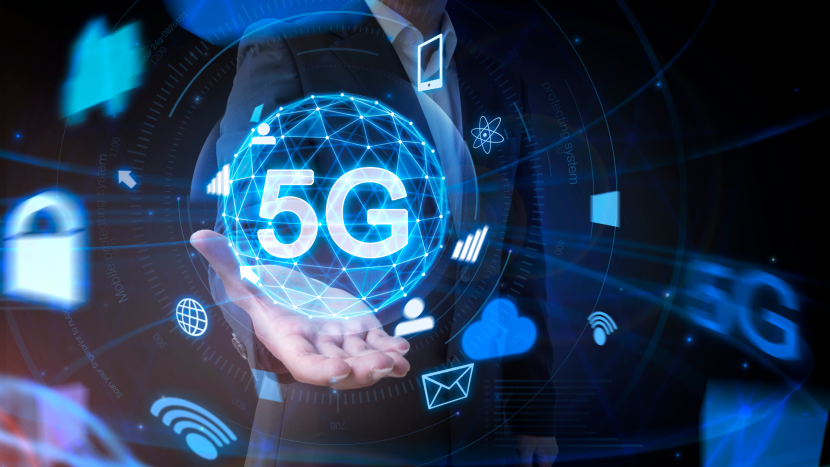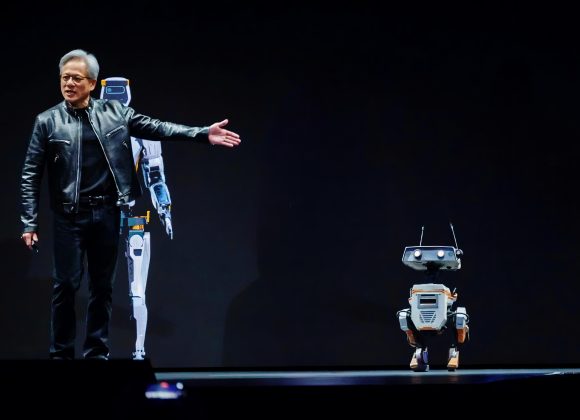From simple wired communication to an advanced high-speed wireless system, engineering advances have run parallel with technological advancement in the world’s communication systems. The birth of 1G brought about an era of basic mobile communication, shortly followed by 2G, which introduced the concept of digitized signals and text messaging. 3G heralded mobile internet and video calling, while 4G raised the data speed levels high enough to support applications requiring real-time interaction and streaming. Currently, the introductory stages of 5G unleash transformation in engineering aspects with ultra-low latency, very high data rate transfer, and mass IoT connectivity. The impact of 5G on engineering is huge, enabling faster and more efficient systems across various industries.
What is 5G technology?
5G is the newest and fastest type of wireless network, designed to make internet connections quicker and more reliable. It can send data almost instantly, reducing delays and making things like video calls, online gaming, and smart devices work better. 5G uses different types of signals, including super-fast ones that cover short distances and others that reach farther but are a bit slower.
5G is the fifth generation of wireless communication networks, a completely new generation with incredibly faster data speeds, lower latency, and much larger traffic than previous generations, including 4G LTE. It uses a combination of frequency bands in the low, mid, and high ranges to attain a faster and more stable connection pattern. With the provision for peak speeds of up to 10 Gbps and latencies approaching 1 millisecond, 5G will enable and benefit applications involving the Internet of Things (IoT), autonomous vehicles, smart cities, and advanced industrial automation. By providing far-reaching connectivity, considerable changes will be put in place across the engineering sector through real-time data exchange, remote monitoring, and improvement in the operability of large, complicated systems.
The impact of 5G on different sectors
5G technology is transforming industries by providing faster internet with minimal delays, allowing multiple devices to stay connected smoothly. Its biggest impact is seen in education, healthcare, defense, and aerospace, where fast and reliable communication is crucial.
1. 5G in Education
5G enhances online learning by allowing lightning-fast internet for virtual classrooms, live video lessons, and interactive learning experiences. It encourages technologies such as AR and VR, making subjects more relatable and practical. Thus, students and educators can use cloud-based tools more efficiently, access study materials instantly, conduct uninterrupted operations, or participate in global learning programs with ease.

2. 5G in Healthcare
5G has a big advantage to bring to the medical industry, especially in telemedicine, which allows doctors to treat and diagnose patients from anywhere in a real-time video consultation. This provides continuous and very distinct control of robotic arms during surgery. Wearable health devices such as smartwatches and remote patient monitoring work like magic in 5G, allowing doctors to check the health of patients regularly and respond faster in emergencies.

3. 5G in Defense
5G allows secure and instant communication in defense forces during warfare. Soldiers and military teams can share battlefield information in real-time for improved coordination and decision-making. 5G also supports AI-based security systems, unmanned drones, and smart surveillance, always making defense operations more efficient and effective. Besides, it strengthens cybersecurity so that the military networks will not be cyber-attacked.
4. 5G in Aerospace
5G connects aircraft with the air traffic control system for slimmer and smoother flights in aviation. It allows real-time monitoring of aircraft to assist airline operators in aircraft maintenance and efficient fuel usage. In space research, 5G allows fast data transfer from satellites, empowering remote operations for space missions. The new speed of in-flight Wi-Fi allows its passengers unmatched in-flight connectivity.
As 5G continues to expand, it will bring even more improvements to these industries, making them faster, safer, and more efficient. The impact of 5G on engineering is significant, enabling smarter systems and better connectivity across various fields.
AI and Robotics: The Future of 5G Technology
The future of 5G technology is directly tied to developments in artificial intelligence (AI) and robotics.5G’s lightning-fast speed, low latency, and capacity to process massive data enable automation, smart machines, and instant decision-making.
AI and 5G: Smarter, Faster Decisions

5G can make processing and cloud computing much faster, boosting AI applications. Smart technologies like self-driving cars and automated factories will be able to make quick and accurate decisions. With 5G, AI assistants and chatbots can reply instantly, improving customer service and automation in industries like healthcare, finance, and retail.
Robotics and 5G: Rise of Smart Machines

Robots will become even more efficient with 5G, as they will be able to communicate and respond instantly. In manufacturing, 5G-powered robots will work alongside humans, improving productivity and safety. In healthcare, robotic surgeries will become more accurate.
conclusion
5G technology is rapidly changing engineering and many industries by making communication faster, more reliable, and nearly instant. As a result, its high-speed connectivity and low delay are improving education, healthcare, defense, and aerospace, making them smarter and more efficient. For example, it helps in online learning, remote surgeries, real-time military coordination, and better flight management.
Looking ahead, the impact of 5G on engineering will be even greater as it works better with artificial intelligence and robots, leading to smarter machines, faster automation, and improved decision-making. Furthermore, from self-driving cars to advanced healthcare systems, 5G will continue to shape a more connected and high-tech world, bringing convenience and efficiency to everyday life.




